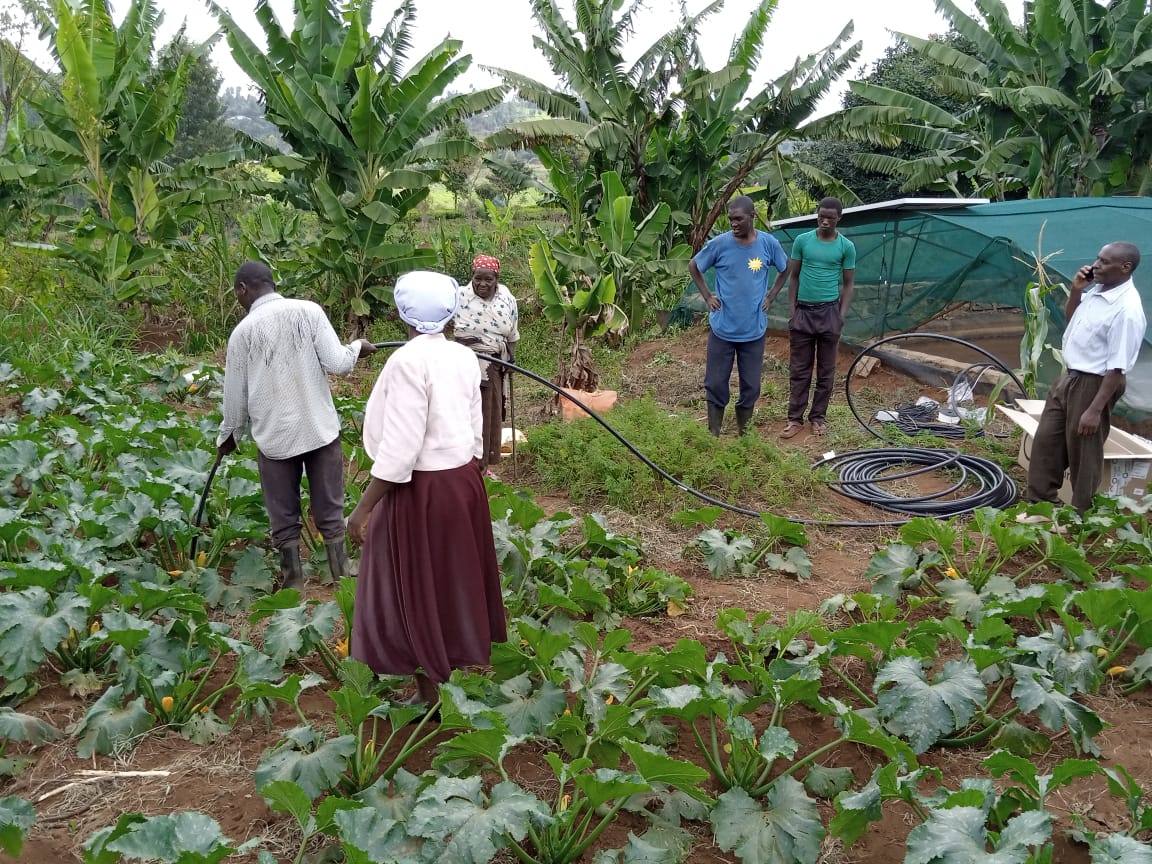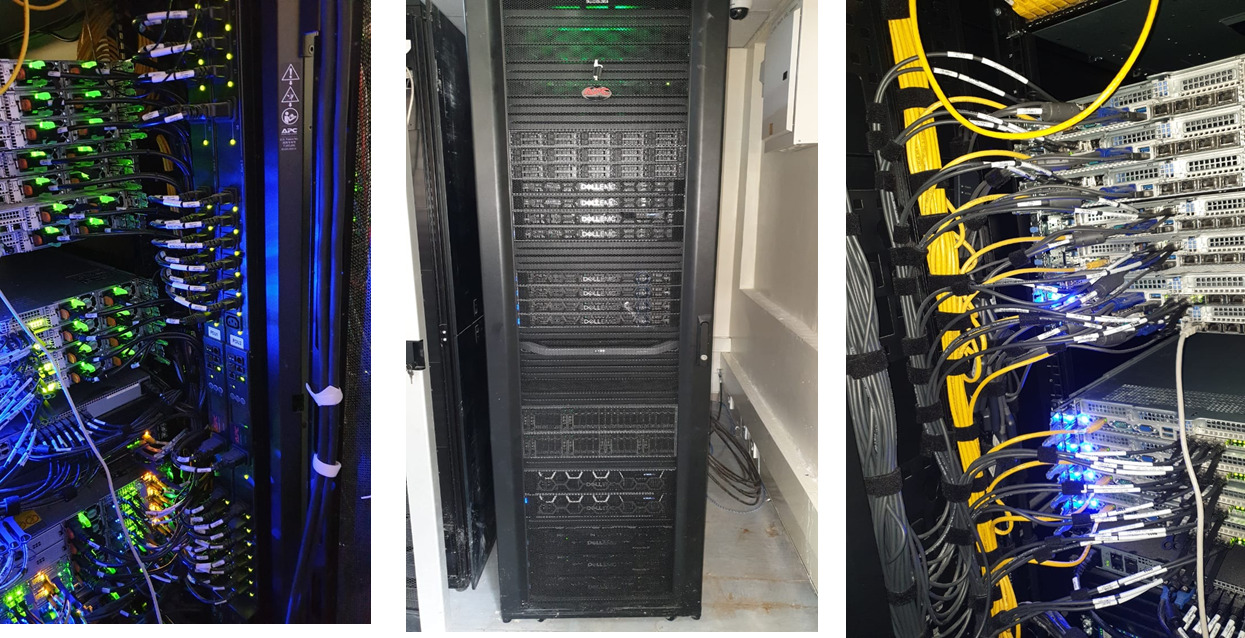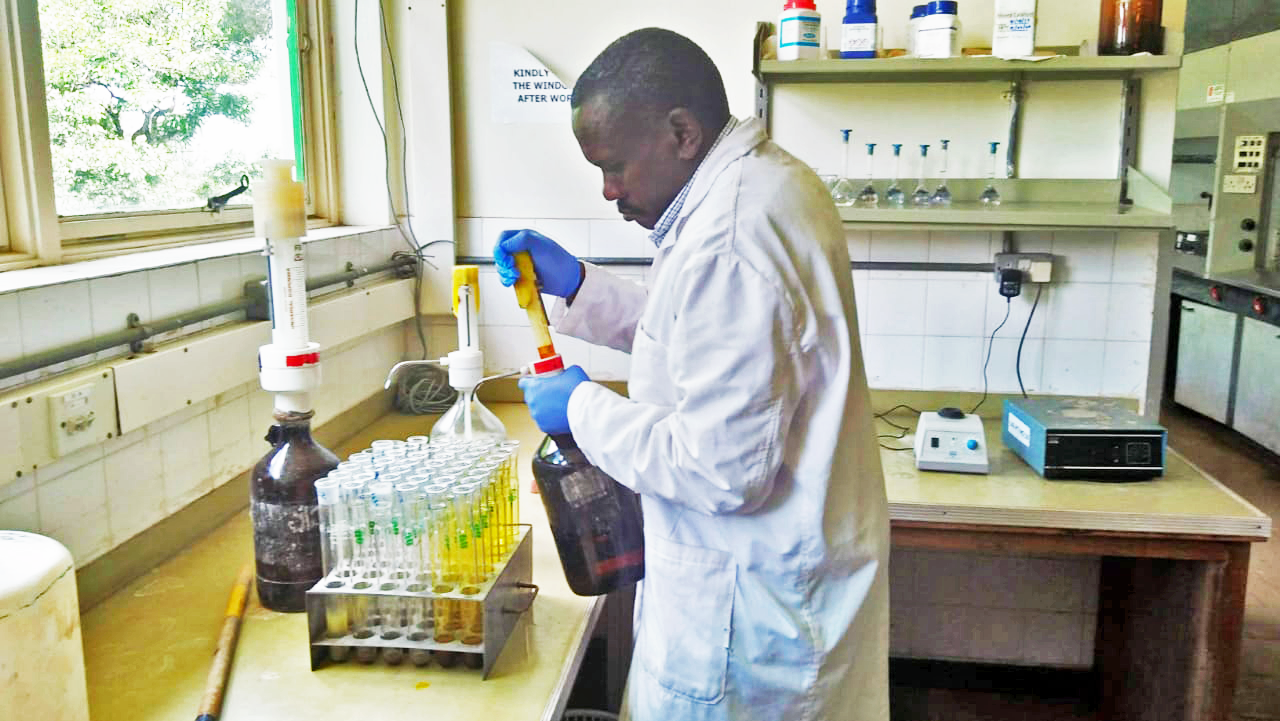Component 2: Climate smart value Chain Ecosystem Investments
NAVCDP climate smart value chain (VC) ecosystem investments are premised on the understanding that agricultural VC-based investments in the entirety of the VC (ecosystem) will sustainably increase agricultural productivity and incomes, adapt, and build resilience to climate change and contribute towards reduced production and/or removal of greenhouse gases. To achieve this, NAVCDP value chain investments have been categorized into two broad areas vis (i) Farmer Led Irrigation Development (FLID) and (ii) Market structures development (MSD). These two broad infrastructure investment areas are aimed at improving and increasing access to irrigation infrastructure at farmer and community levels and boosting market participation of small-scale farmers respectively. FLID investments will be at individual farmer, CIGs and FPO levels while MSD investments will be at county, regional, (spanning several counties) and national levels.

Sub Component 2.1 Farmer-led irrigation development (FLID)
The objective of this sub-component is to enhance uptake of irrigation technologies, expand area under irrigation and increase irrigation efficiency. Area under irrigation will be increased through the use of surface flow, and shallow groundwater harvesting through use of earth dams, water pans, farm ponds, shallow wells and abstraction from rivers and streams. Irrigation efficiency will be enhanced through use of water efficient irrigation systems and through efficient water use. Affordable credit among other approaches, for farmers to access irrigation technologies, construct water harvesting infrastructure and modernize smallholder irrigation schemes will be provided. It is expected that at the end of the project 20,000 Ha of land will be brought under new or improved irrigation services.
Sub Component 2.2 Market access and infrastructure development
The objective of this subcomponent is to improve market competitiveness for smallholder-
farmers through reduced postharvest losses, strengthened value addition, improved information
exchange between producers and other actors, improved logistics, enhanced linkages with
agribusiness SMEs, off-takers and support for produce certification. Market information
dissemination to reach targeted farmers will be strengthened. Market infrastructure identified
from Value Chain Development Plans (VCDP) will include development of new and upgrading
existing physical markets, aggregation centers (e.g., warehouses, packhouses, cold chain storage
facilities, sale yards) and cold-chain infrastructure to reduce post-harvest losses, food spoilage
and the associated GHG emissions. Investments will also be informed by climate considerations
such as increased resilience and reduced emissions across food value chains. It will also actively
support initiatives towards maximizing finance for value chain development and crowding in of
investments through value chain forums at county, regional and national level aimed at building
higher coordination among value chain actors, financing institutions and policy makers. At the
end of the project it is expected that 52 Physical markets/aggregation centers will have been
developed or upgraded and a 50% increase of farmers using market infrastructure.



Sub Component 2.3 Data and digital investments
This sub-component will focus on Investment support for wide scale adoption of Digital
Agriculture Technologies and integration of Big Data platform for farmer access ad utilization.
The investments at the National and County level will enable the farmers to leverage Data.
This will be achieved through: (i) Scaling up partnerships between the county governments and
Agri-tech providers; (ii) The Agripreneurs Model Services and Capacity Building and (iii)
Strengthening Big Data Platform at KALRO.
A multi-faceted approach to strengthen collaboration within and out of the digital ecosystem to
include the NPCU, Counties, KALRO, agtechs, agripreneurs and other value chain actors through
the four thematic services: extension service to increase productivity and marketing areas with
focus on data analytics and financial inclusion largely on access to credit. Through Big Data
Platform, farmers will access climate information services, climate smart TIMPs, climate
resilience inputs (seeds, breeds, and balanced fertilizers), market information, digital finance and
e-commerce.
At the end of the project targets a total of 390 of agriprenuers fully developed (selected,
incubated, mentored) and sent to the market; Fifty (50 agriprenuers) onboarded and providing
services to the small holder farmers within the vaue chains and value chain neutral investments
suchas the SACCO; and atleast 250,000 small holder farmers are adopting the solutions/ service
offered.
Sub Component 2.4 Research linkages, technical assistance, and institutional capacity
The objective of this sub component is to support KALRO strengthen climate smart TIMPs, provide technical assistance for value chain development and build capacity at county level implementation units to anchor project activities. Research linkages (partnerships) with other research organizations will be promoted to develop, disseminate and scale-up adoption of proven Technologies, Innovations and Management Practices (TIMPs) of the nine (9) project value chains. At the end of the project it is expected that at least 500 TIMPS will have been disseminated for adoption.


